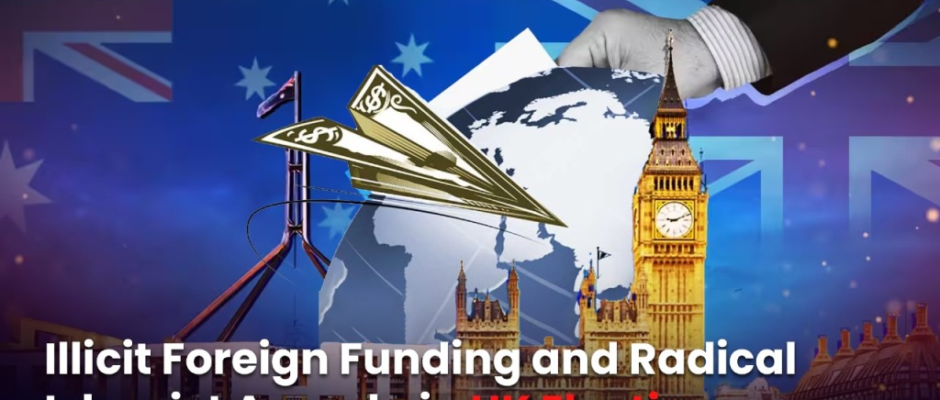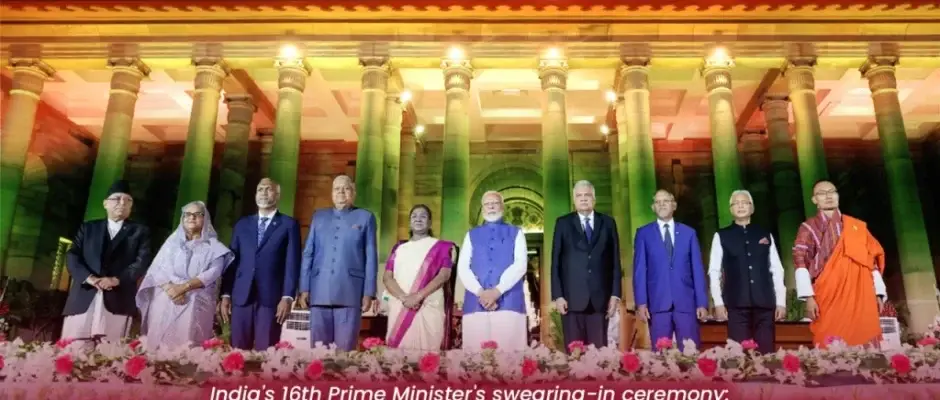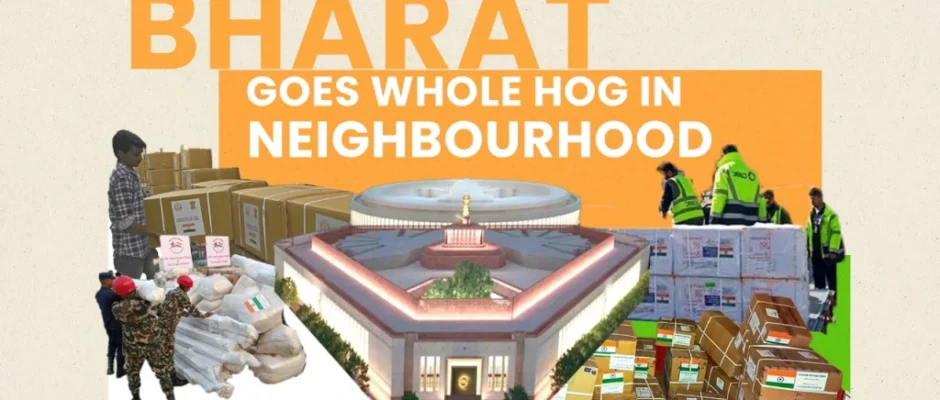
Nepal Stares at Uncertainty!
A stable, open, vibrant Himalayan nation retaining its Hindu core with cultural, civilizational and spiritual underpinning is most sustainable. K.A.Badarinath Peace and tranquillity, political stability and nursing the tiny Himalayan nation, Nepal to normalcy is pivotal to enduring growth and sustained development in South Asia. Bharat’s nearest and one of the most trusted partners, Nepal went through a lot in last couple of weeks. Disturbing and painful scenes of complete anarchy, loss of 19 young lives, scores injured, iconic Parliament, Supreme Court and other top-end buildings burning to ashes in part or completely painted a distressing picture of this picturesque country. There’s no place for corrupt, authoritarian or anti-people regimes that let down their own people. Be it Bangladesh, Nepal or Sri Lanka, zero tolerance to corruption is something that each will have to prioritize as basic tenant of a democratic polity. And, Nepali political leadership of all hues and shades have got thoroughly exposed after they failed to provide corrupt-free governance. Social media related policies were incidental and served as trigger for youngsters to hit the road. Eight major political formations with diverse ideologies and linkages like Nepali Congress, CPN-UML, Moist Centre, Jan Samajwadi Party, CPN – United Socialist, Loktantrik Samajbadi Party, Rashtriya Janmorcha that dominated the political arena today find themselves out of the system after K.P.Oli led coalition was forced out by the youngsters. Kathmandu Mayor Balen Shah and Sudan Gurung that apparently played a key role during the protests seem to have shifted behind the screen in their activities. While uncertainty stares in Nepal, an interim government headed by Prime Minister Sushila Karki and her three ministers do not fit into any of these political parties. And, they would find it difficult to find their in moving forward. Given that the young protesters did not have centralized leadership or entity that led the violent protests, the interim government will have to carve out its own socio-political space. Home Minister Om Prakash Aryal, Power Minister Kulman Ghising and finance Minister Rameshwar Khanal appointed by the first lady Prime Minister reportedly enjoy clean image and do not come with political baggage of any kind. Their work in respective areas stands out. All the four including Prime Minister Karki seem to have western orientation either due to their profession or outlook. Hence, their work in the government would be subjected to closer scrutiny by all stakeholders in Nepal. For the first time, overtly professional Nepal army had to play a semi-political role leading to dissolution of Parliament, formation of interim government that will lead the country into general elections in March 2026. To its credit, Nepal Army displayed exemplary professionalism by not taking reins of governance and backed the Karki regime to see through difficult transition next few months. Also, it is immensely possible that political parties that lost people’s confidence may realign to bounce back to centre stage seeking a second chance. After adoption of the new constitution ringing in democracy in 2008, fourteen governments were formed, dislodged with political alignments happening all through. None of these political formations were able to complete the mandated five-year term after an election. In these 18-years of political turbulence marked by twists, turns and realignments, India stood as beacon of strength to lend a helping hand in the Himalayan nation’s transition to democracy. Notwithstanding political ideologies of a government that ruled Kathmandu, India stood firmly with Nepal in its socio-economic development journey as a steadfast partner with no strings attached. If Prime Minister Narendra Modi and external affairs minister S.Jaishankar’s statements are any indication, India continues to be firmly behind Nepal. One also needs to watch out for cold play from Communist China and Republican US while Nepal struggles to end uncertainty and get back its rhythm. Hard part for Nepal would be to retain its basic Hindu character while diverse ideological formations and external forces come into play. There were wild guesses that the former monarchs were behind protests which were proved wrong. An open, vibrant and bustling Nepal retaining its Hindu core in terms of its cultural, civilizational and spiritual orientation is what would sustain itself as a sovereign nation. (Author is Director and Chief Executive of non-partisan New Delhi based think-tank, Centre for Integrated and Holistic Studies)







